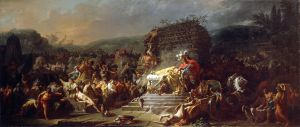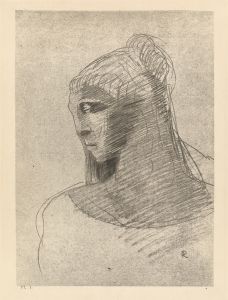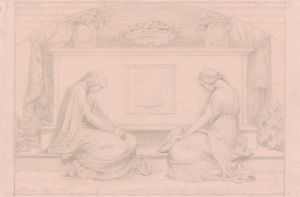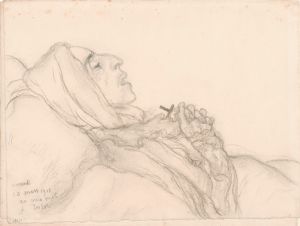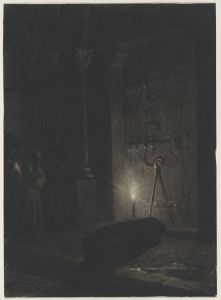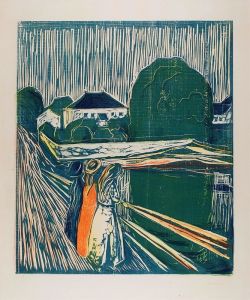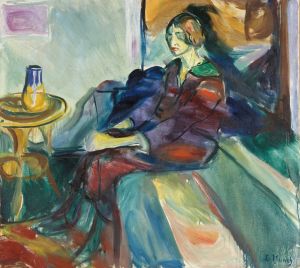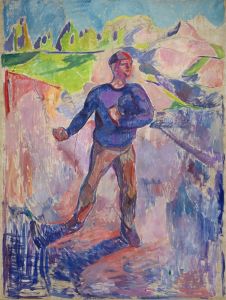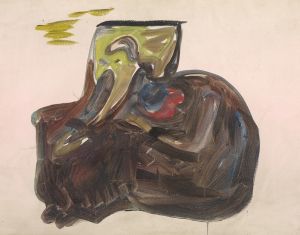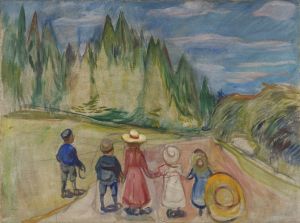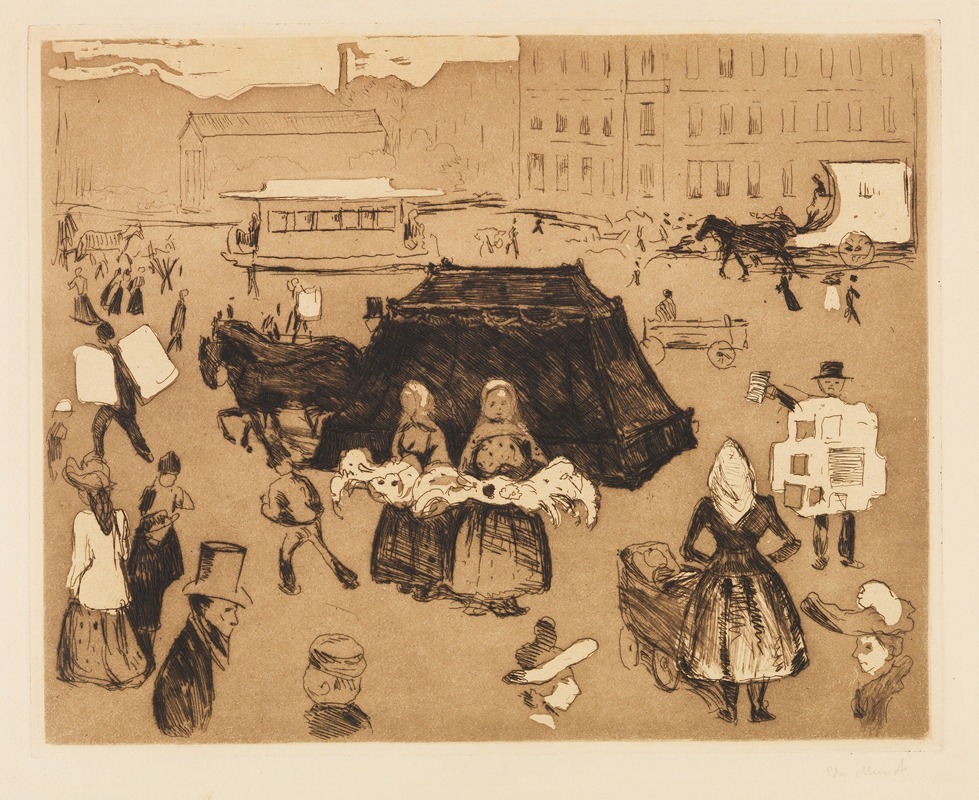
Der Leichenwagen. Potsdamer Platz
A hand-painted replica of Edvard Munch’s masterpiece Der Leichenwagen. Potsdamer Platz, meticulously crafted by professional artists to capture the true essence of the original. Each piece is created with museum-quality canvas and rare mineral pigments, carefully painted by experienced artists with delicate brushstrokes and rich, layered colors to perfectly recreate the texture of the original artwork. Unlike machine-printed reproductions, this hand-painted version brings the painting to life, infused with the artist’s emotions and skill in every stroke. Whether for personal collection or home decoration, it instantly elevates the artistic atmosphere of any space.
Edvard Munch, a Norwegian painter and printmaker, is renowned for his evocative and emotional works that often explore themes of existentialism, love, and death. One of his lesser-known works, "Der Leichenwagen. Potsdamer Platz," is a painting that reflects Munch's distinctive style and thematic preoccupations.
"Der Leichenwagen. Potsdamer Platz" translates to "The Hearse. Potsdamer Platz," indicating a scene set in the bustling and historically significant Potsdamer Platz in Berlin. This area was a major cultural and commercial hub in the early 20th century, known for its vibrant urban life. Munch's painting, however, introduces a somber element to this lively setting by incorporating the image of a hearse, suggesting themes of mortality and the passage of life amidst the backdrop of a modern city.
Munch's time in Berlin was a formative period in his career. He lived there intermittently between 1892 and 1908, during which he became associated with the Berlin Secession, a group of artists who rejected traditional academic art. This period was marked by Munch's exploration of psychological themes and his development of a style characterized by bold colors, dramatic compositions, and a focus on emotional content.
In "Der Leichenwagen. Potsdamer Platz," Munch employs his signature expressionist style, using color and form to convey mood and emotion rather than to depict reality accurately. The painting likely features the use of stark contrasts and dynamic brushstrokes, techniques Munch often used to evoke a sense of unease or introspection. The presence of the hearse in a busy urban setting could symbolize the inevitable intrusion of death into everyday life, a common theme in Munch's work.
Munch's exploration of death and existential themes can be seen in many of his other works, most famously in "The Scream," which captures a moment of existential dread and anxiety. Similarly, "Der Leichenwagen. Potsdamer Platz" can be interpreted as a meditation on the juxtaposition of life and death, the transient nature of human existence, and the isolation of the individual in the modern world.
While specific details about the painting's composition and reception are not widely documented, it fits within the broader context of Munch's oeuvre, which often grapples with the darker aspects of human experience. His works are known for their ability to convey deep psychological states and for their influence on later movements such as German Expressionism.
Munch's impact on the art world extends beyond his paintings; his exploration of psychological themes and innovative use of color and form have left a lasting legacy. "Der Leichenwagen. Potsdamer Platz," though not as widely recognized as some of his other works, contributes to our understanding of Munch's artistic vision and his engagement with the complexities of modern life.
Overall, "Der Leichenwagen. Potsdamer Platz" exemplifies Edvard Munch's ability to infuse everyday scenes with profound existential meaning, reflecting his enduring interest in the human condition and the inevitable presence of death within the continuum of life.





